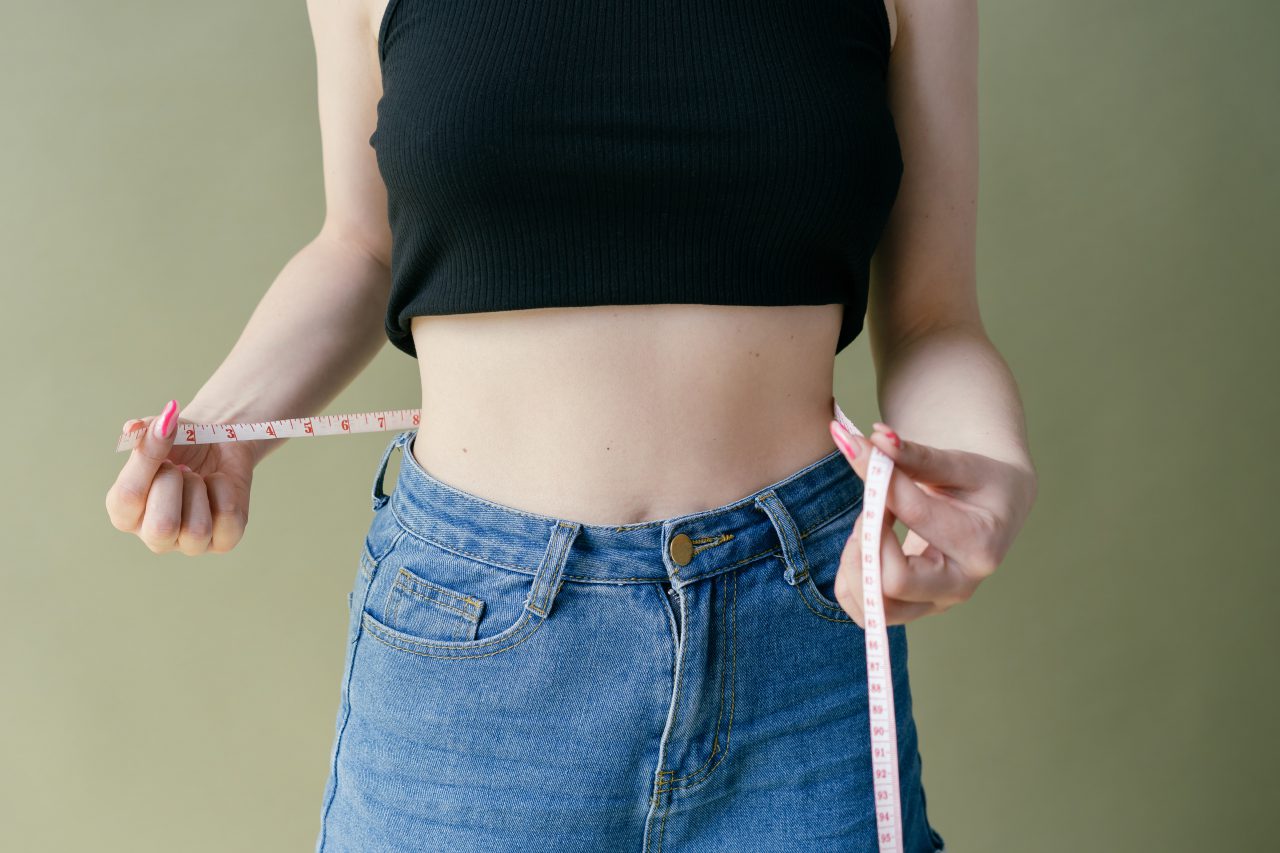
If you want to lose fat, you will have to be in a caloric deficit!
I am an expert in helping women flatten their midsections, lose 10-30 lbs, eliminate aches and ailments from improper training and still live their life!
Yes, we all hate to count macros, spend hours a week meal prepping, and kick our wine. Life and fitness do not have to be miserable in order to be lean, feel sexy, strong, and confident. If you’re interested in setting up a consultation for my online program, click here.
Many people can lose but struggle to keep it off. Your habits are typically why you re-gain after a short period of dieting, you fall back into old habits.
Eating in maintenance is a great time to develop new and improved habits that will help you adhere better to a plan.
How to Eat in Maintenance:
- Measure and track your food + drink for a week. Cronometer is a good tracking app.
- Go to tdeecaculcator.net to estimate maintenance calories.
- Measure and track your food.
If there is a significant gap between current and maintenance then you will need to do a gradual re-feed.
Eat Enough Protein:
Aim for about 0.8-1.0/g of lean body mass. This is not based off your total weight. This is why our Styku scanner is so important. It clearly identifies your lean muscle mass. Evidence supports eating a diet higher in protein helps with losing fat and keeping it off. Eating protein along with resistance training helps build and maintain muscle mass.
Great sources of animal-based protein: chicken/poultry, lean beef, seafood, fish, lean pork, eggs, low-fat dairy, protein powder.
Great sources of plant-based protein: beans, chickpeas, peas, lentils, tofu, nuts/seeds, quinoa, wild rice
Eat Healthy & Include Foods that are Worth It:
Many diets operate on very strict guidelines telling you that foods you enjoy are “bad”.
The truth is that no single food or food group is solely responsible for fat gain. Just too much of certain foods consistently will contribute. Yes, we understand that eliminating certain foods for a period of time may help in the short term, but ultimately that’s why diets fail.
Make a “worth it” list of things that you really enjoy and allow yourself to enjoy them with moderation. This way you have given yourself permission and you will not fall off the band wagon after eating them. And, the worth it list helps you identify foods that aren’t on that list.
You’ve Got to Sleep & Reduce Stress:
Sleep and stress both feed into each other and make fat loss difficult. If we’re not sleeping well, we may see:
- increased appetite and energy intake
- increased cravings decreased overall energy expenditure
- insulin resistance
- higher cortisol
Chronic stress can lead to:
- increased food intake and emotional eating
- change in food choices
- increased fat storage
- Aim to get 7-8 hours of sleep
Be Active:
Exercise is great, but if you workout 1 hour a day that’s roughly 4% of your day. If you wake up at 5 am and go to bed at 10 pm, that’s roughly 6% of your day.
Being active throughout the day will help you achieve your goals. Aim to get 7-10k steps in a day. Add resistance training in to help build muscle. Perform different types of cardio such as steady state or HIIT into your workouts weekly. Get outside and walk or play to help with your mental health.
Losing With Caloric Intake
If you want to lose fat, you will have to be in a caloric deficit. The problem is, we typically cut way too many calories!
When you cut too many calories:
The faster you will lose muscle. The more muscle we lose, the slower our metabolism becomes!
It’ll be harder for you to adhere to the program due to hunger and deprivation. The faster your body will start to slow down in order to regulate- you’ll move less, have less energy, hormones will down-regulate, digestion slows, etc.
It’s better to lose on the highest amount of caloric intake possible. Aim to lose 0.5-1% per week. That’s 1-2 lbs/week for a 200 lb person. If you are less than 200 lbs, your loss will be slower and that’s ok. We are talking about keeping it off not just some quick fix where you gain it all back.
Adjust Calories When Needed
A good starting point for a moderate caloric deficit is 10% of your maintenance. At 2200 calories maintenance, that’s -2000 calories for a deficit.
Metabolic adaptations to fat loss are normal processes. It doesn’t mean your metabolism is broken or you’re in “starvation mode”. As you lose mass, your body will need less energy. So a deficit now may not be a deficit in the future.
If you’ve reduced calories, hit a plateau, and not losing fat, then you’re not in a deficit! If you want to continue, you have to be in a healthy deficit.
NOTE! There is a limit to how many calories you can safely remove.
If you remove 20% or you’ve hit your bottom limit and you’re still not losing this is time to hire a coach, like me!
Be Patient & Compassionate
Fat loss takes a lot of time and consistency!
You have to be patient.
Remember, a substantial fat loss period will take a least 2-4 months. You will not see changes weekly. It’ll take years of consistently practicing healthy eating, resistance training, and good habits to build the body composition you are looking for and that is OK!
Remember that consistently doing good enough over time is the key to long-term success. NOT PERFECTION!




